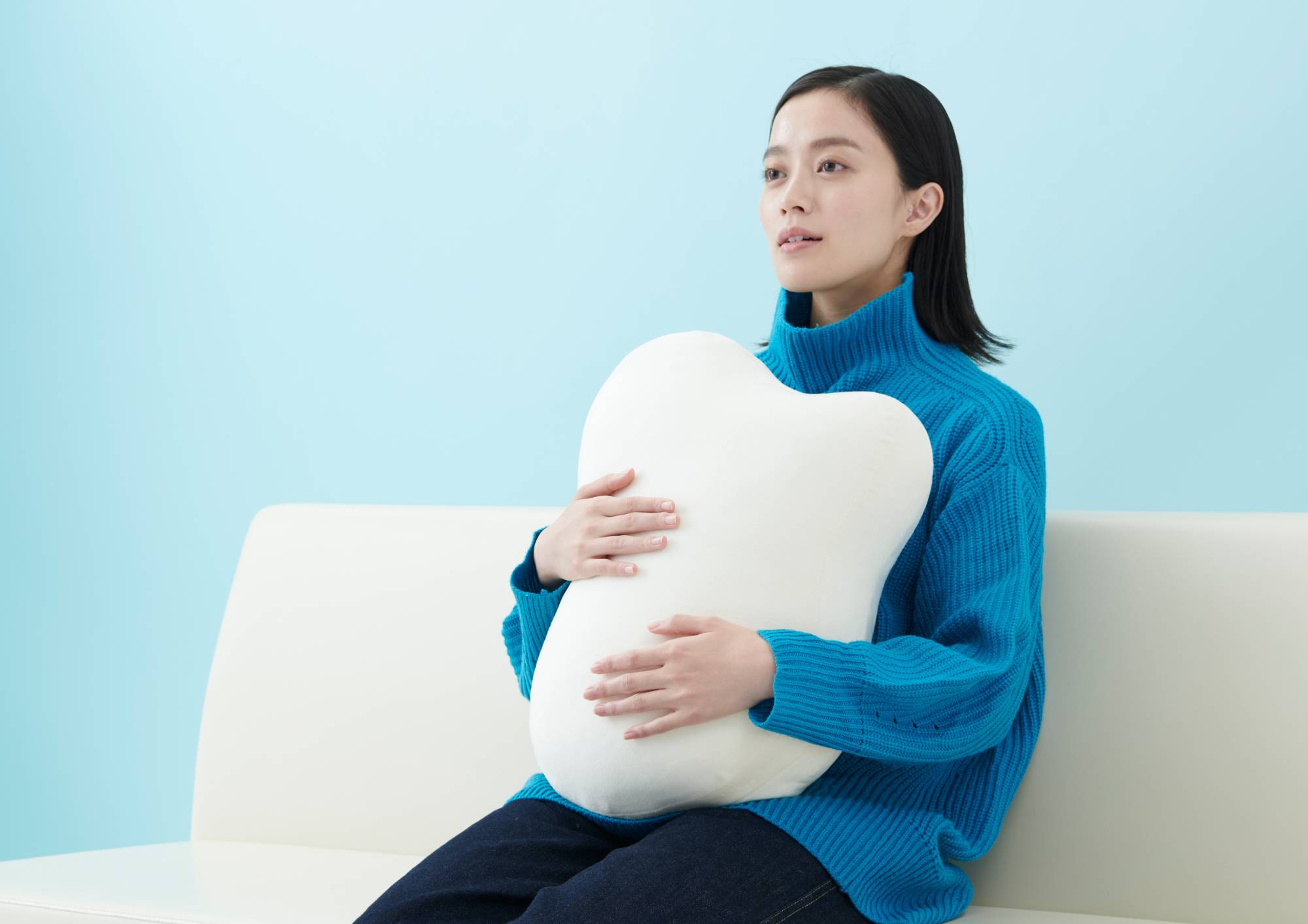As we ease into 2023, On: Design looks at a few popular product releases that anticipate a bright future for industrial design — with a particular focus on emotional wellness, environmental awareness and social responsibility.
Breathe easy
When robotic startup Yukai Engineering’s therapeutic pillow Fufuly was unveiled at tech show CES 2023 in Las Vegas on Jan. 5, its bizarre appearance and peculiar function won the company a CES Innovation Award and plenty of attention from international tech and design media.
















With your current subscription plan you can comment on stories. However, before writing your first comment, please create a display name in the Profile section of your subscriber account page.